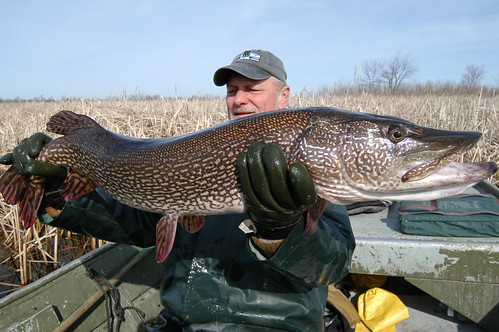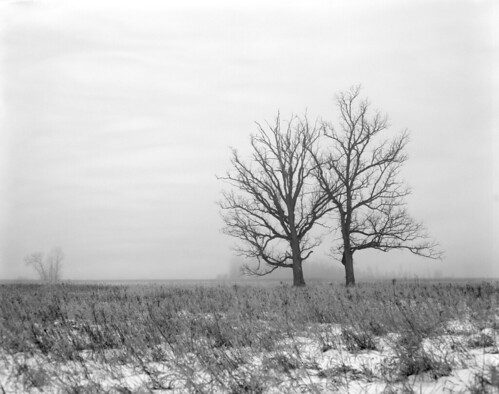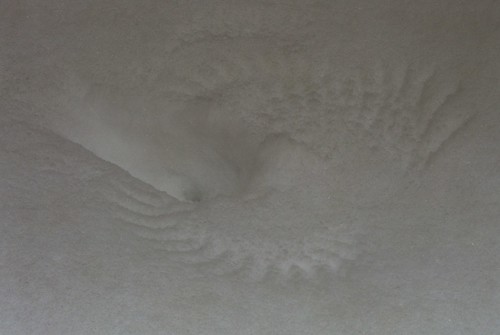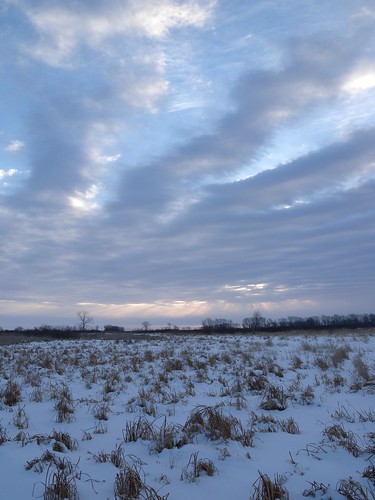 |
An American toad, the gardeners’ friend. |
I’ve always liked frogs and toads. They are completely unique creatures. Salamanders look like lizards, fish look like whales, but nothing looks like a frog except a frog. Even though populations of frogs are in retreat, they are found almost everywhere. They are a challenge to catch with bare hands because they are slippery and fast. I can’t count how many hours I have spent searching and catching frogs, both as a kid and an adult, but it was always time well spent.
 |
A full grown spring peeper, in the pretty hands of my proofreader. |
Last week Mother Nature cruelly reminded us who is in charge as she always does this time of year by dumping ice and snow on us followed by an unusual cold snap that is barely breaking today. Naturally, I’m thinking of frogs. Our local frogs are still in hiding, but not for much longer. Northern leopard frogs are lying on the bottom of the lake, wedged in boulders, and hiding under turtles. Soon they’ll come out of hiding and start looking for love. Wood frogs, spring peepers, chorus frogs, and tree frogs are toughing it out; they don’t hide below the frost line. They are content to have much of their bodies literally turn to ice. Soon they’ll thaw out and the wood frogs will be croaking, the spring peepers peeping, and the wester chorus frogs chorusing before all the ice has left the ponds. They’ll quickly breed and then head into the woods and fields for the rest of the warm months.
When most frogs’ eggs hatch there is a race to metamorphose into their jumping forms as quickly as possible, but the tadpoles of our largest frogs--the bullfrog and the green frog-- are swimming under the ice munching algae and doing their best to avoid capture by giant water bugs and many other predators. They take two frightening seasons to transform into frogs.
 |
For American Toads tadpoles it is a race to transform into a toad. These were found living in and on the shoulder of a gravel road in the Nicolet National Forest! |
Frogs and Toads of the Winnebago Pool and Wetlands:
American Toad (Bufo americanus)
Cope' Gray Treefrog (Hyla chrysoscelis)
Eastern Gray Treefrog (Hyla versicolor)
Spring Peeper (Pseudacris crucifer)
Western Chorus Frog (Pseudacris triseriata)
Bull Frog (Rana catesbeiana)
Green Frog (Rana clamitans)
Pickerel Frog (Rana palustris)
Northern Leopard Frog (Rana pipiens)
Wood Frog (Rana sylvatica)












